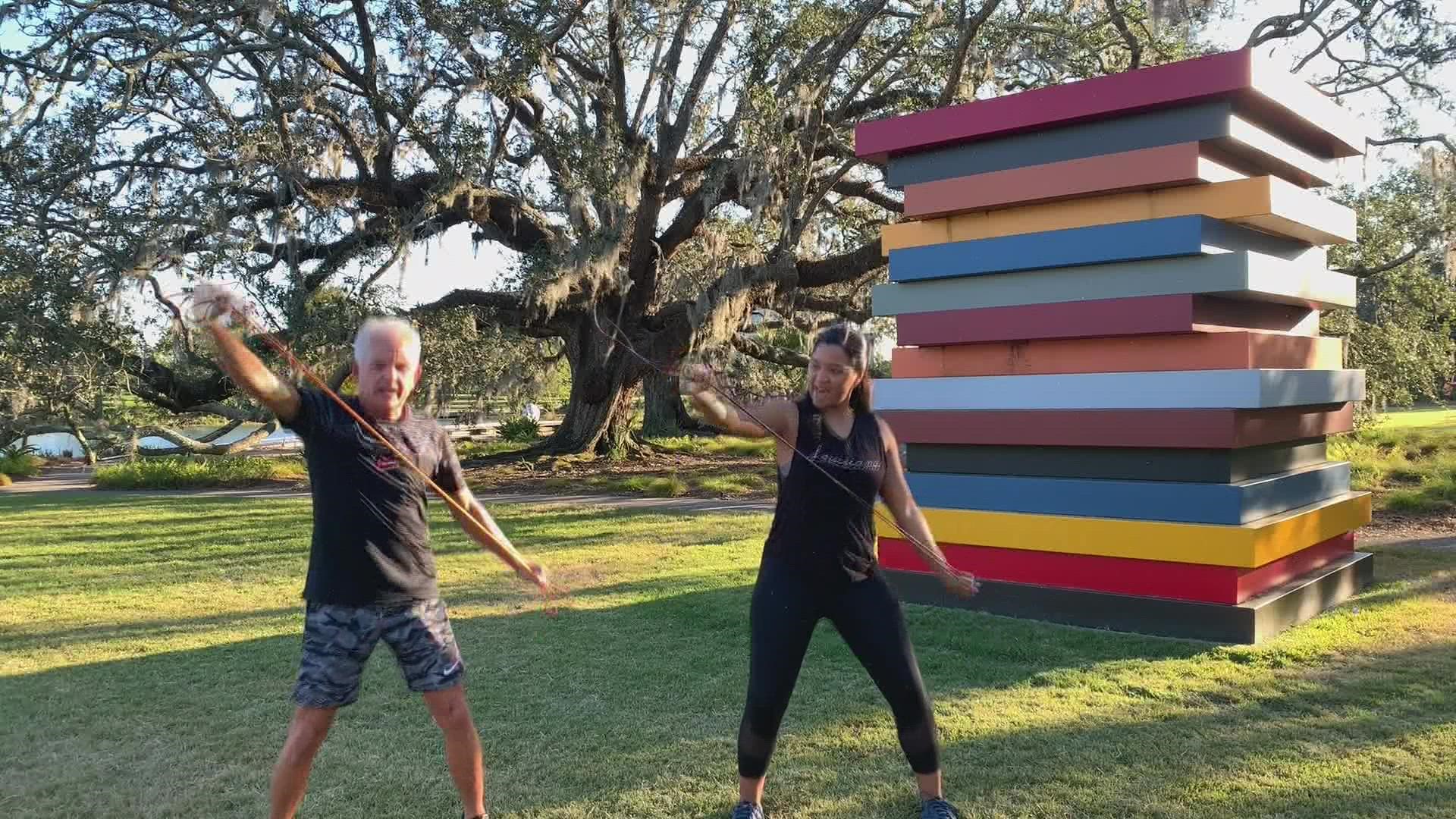NEW ORLEANS — Preservation of metabolically active lean muscle tissue – muscle mass – is of critical importance to an athlete or an individual seeking healthy aging. Unchecked, muscle mass declines – myopenia – by as much as 10% in adults between the ages of 20 to 50 compared to adults, who may lose between 30-40% of their muscle mass between 50 to 80 years of age.
Research has also demonstrated that by the third decade of life, muscle strength peaks and remains constant through the fifth decade – declining by 12 to 15% in later years – characterized as dynapenia.
The combined myopenic and dynapenic state is called sarcopenia, that according to research – “Creatine Supplementation During Resistance Training in Older Adults – a Meta-Analysis,” which appeared in 2014 in Medicine & Science in Sports & Exercise, “is characterized by type II muscle fiber atrophy, myofiber necrosis, and myofiber type grouping, and increased intramuscular content of non-muscle tissue, such as intramyocellular lipid and connective tissue.”
The study researchers from the Exercise Metabolism Research Group, Department of Kinesiology, McMaster University, Hamilton, Ontario, Canada, point out that strategies to reduce the negative impact of sarcopenia are of importance to promote healthful aging.
One such proven method to increase both muscle mass and strength is resistance training (RT). “In older adults (ages 65–75), 16 weeks of progressive RT increased mixed muscle protein synthesis (MPS) by approximately 50%, muscle mass by 1.5 kg, and overall strength by 60%,” note the Canadians.
The muscle increase associated with RT can be improved by consuming a protein supplement, after a resistance exercise session for both young and older individuals.
Both protein consumption and resistance exercise independently stimulate MPS if protein is consumed post-resistance exercise (a two-hour window). “It has also been determined that a greater dose of protein (approximately 40 grams) is required to maximally stimulate MPS in older, as compared with young persons, (approximately 20 grams)” comment the researchers.
Besides protein consumption post-RT, creatine monohydrate supplementation, with or without RT, has also proven to increase lean body mass, strength, and performance during short duration, intense exercise bouts.
Mayoclinic.org says, “creatine (Cr) is an amino acid located mostly in your body's muscles, as well as, in the brain. Most people get creatine through seafood and red meat — though at levels far below those found in synthetically made creatine supplements. The body's liver, pancreas, and kidneys also can make about 1 gram of creatine per day.”
The Canadian researchers set out to determine, via a meta-analysis (many similar studies), whether the addition of creatine to RT would improve body composition and increase strength and performance in older adults.
Randomized, placebo-controlled trials involving older adults – 357 with an average age of 64 - supplemented with Cr – with and without participation in RT programs of greater than 6 weeks in duration or a placebo group - encompassed the database – with the appropriate body composition determination and strength assessments pre and post participation.
From the ten studies included in the analysis, the average creatine loading dose ranged from 7 to 25 grams, while the dose of creatine dose used during the maintenance phase of the trials ranged from 3 to approximately 8.6 grams per day.
The review concluded that, “retention of muscle mass and strength is integral to healthy aging. The results from this meta-analysis are encouraging in supporting a role for Cr supplementation during RT in healthful aging by enhancing muscle mass gain, strength, and functional performance over RT alone; however, the limited number of studies indicates further work is needed.
Before you start a creatine loading phase, be sure to check with your personal physician to make sure you have normal kidney and liver function.
If you would like to read more about creatine usage in combination with diet, sprint-interval, and resistance training, you can read my book, Lean & Hard – the body you’ve always wanted in 24 workouts (John Wiley & Sons, 2007). You can access the creatine study and much more at maxwellnutrition.com.

